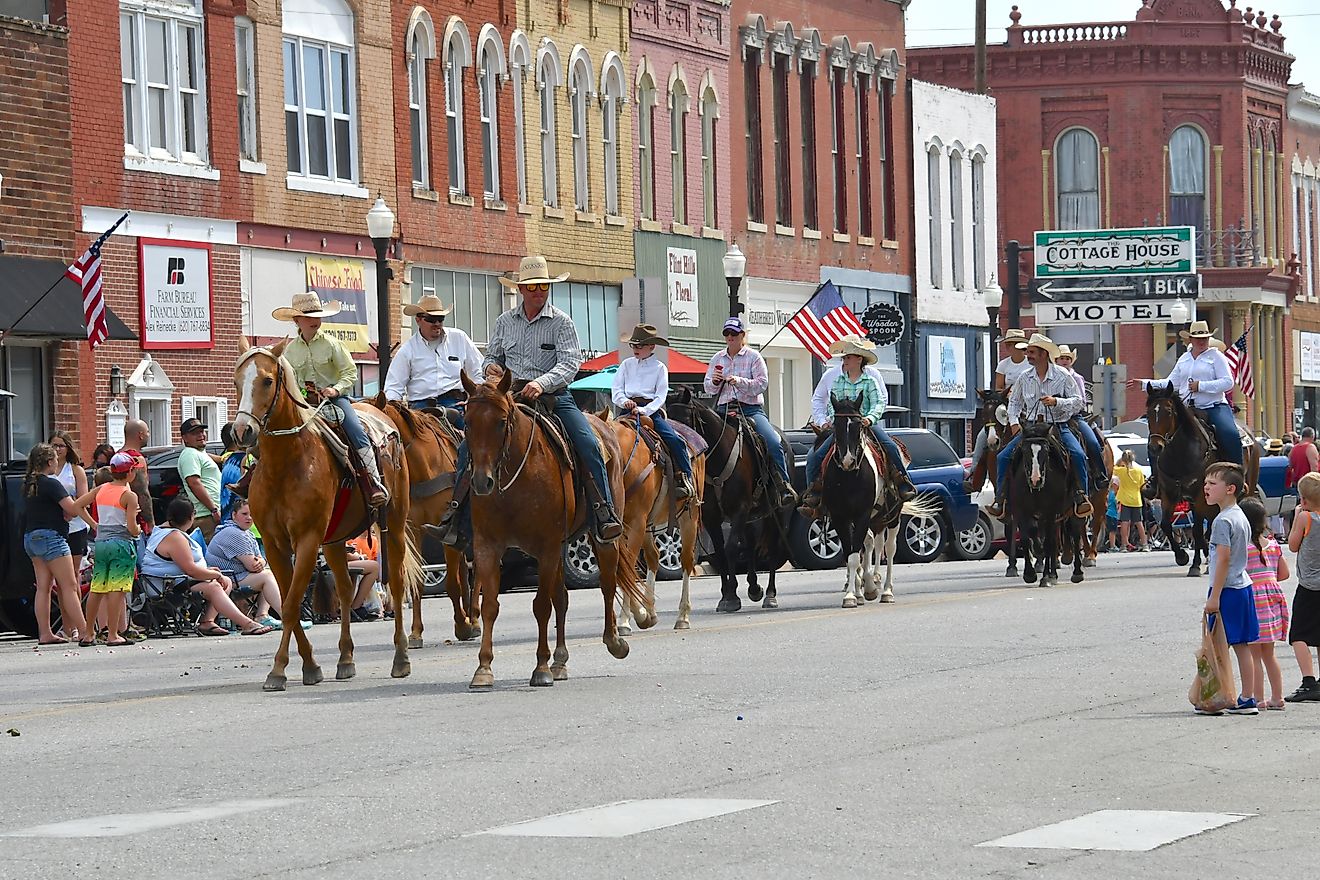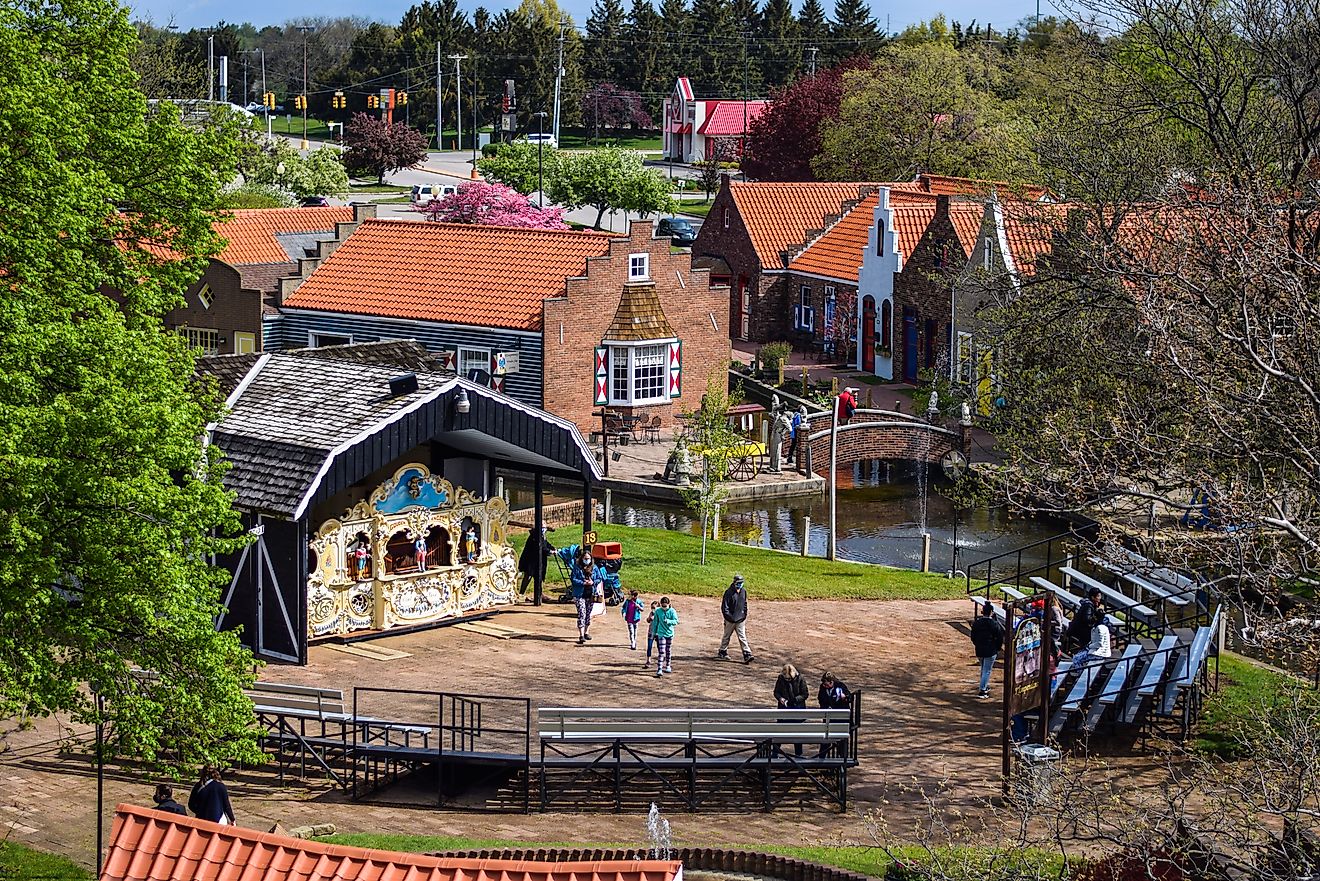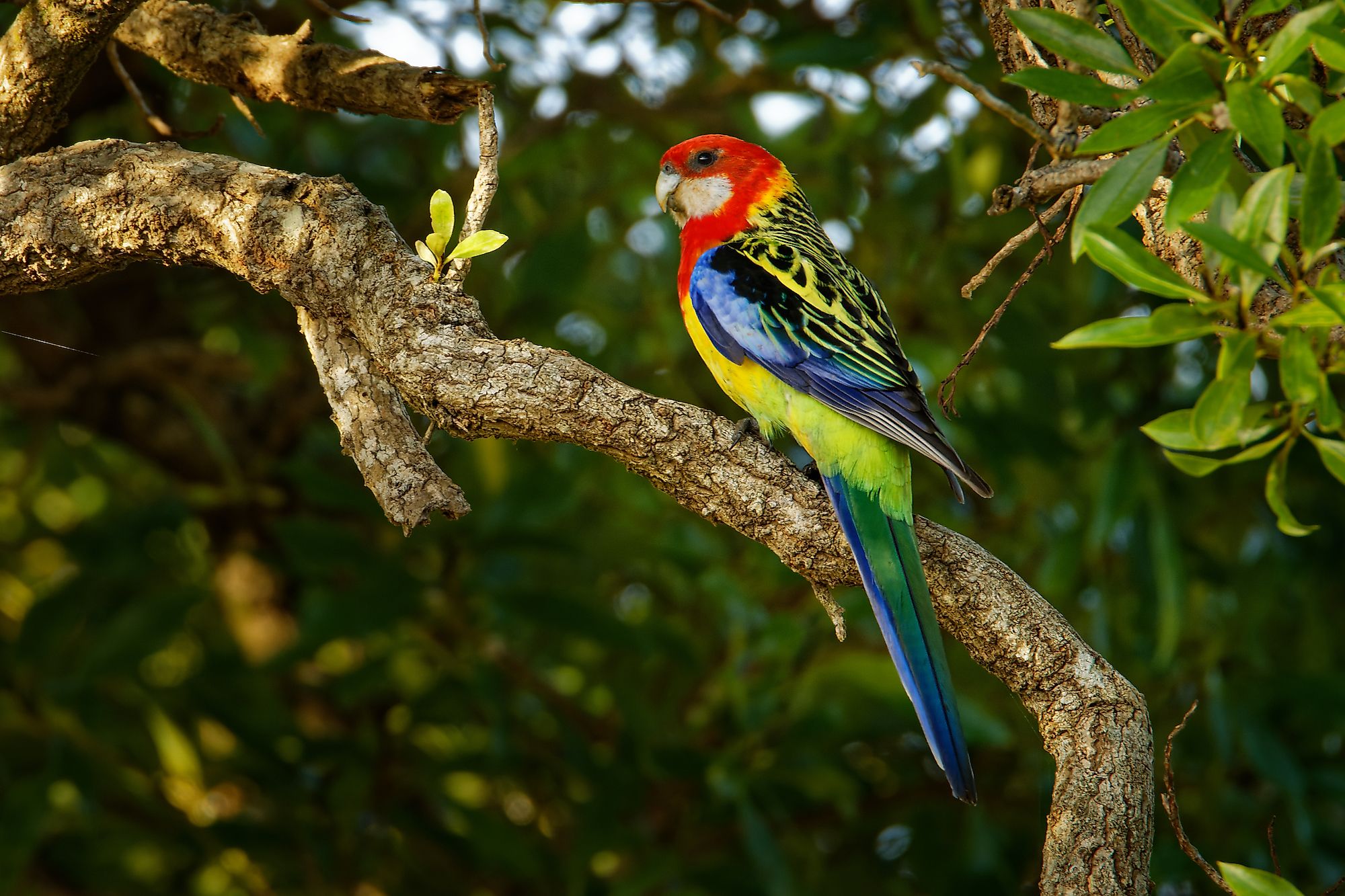
Tasmanian Wilderness World Heritage Area
The Tasmanian Wilderness World Heritage Area (TWWHA) has a rich cultural and geological history, with a wide range of endemic plants and animals, many of which are rare and endangered, that live in pristine and diverse habitats. The Western Tasmanian Wilderness National Parks was added to the World Heritage list in 1982 due to its natural and cultural importance and later expanded in 1989 to cover almost 20% of Tasmania.
What Is The Tasmanian Wilderness?
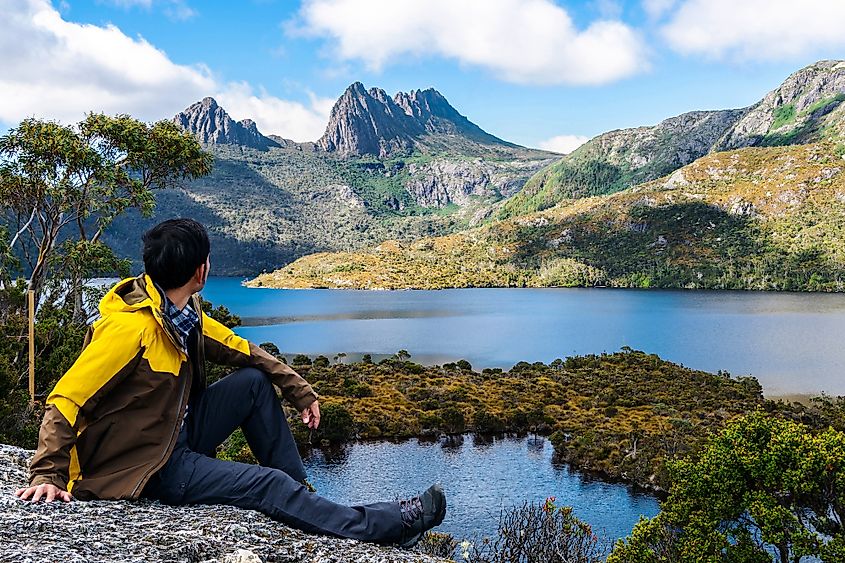
The Tasmanian Wilderness covers roughly one-fifth of Tasmania's landmass. The TWWHA meets seven out of 10 World Heritage criteria, the only other location in the world other than China's Mount Tai Shan to meet that many criteria. The TWWHA consists of over 20 areas, including the Southwest National Park, Franklin-Gordon Wild Rivers National Park, and the Cradle Mountain-Lake St. Clair National Park.
The Tasmanian Wilderness measures roughly 3.9 million acres, making it one of the largest conservation areas in Australia. The World Heritage site is one of the most diverse regions on Earth, housing some of the longest-lived trees and tallest flowering plants. Many animals living on the site are either extinct or threatened on mainland Australia.
Human Civilization
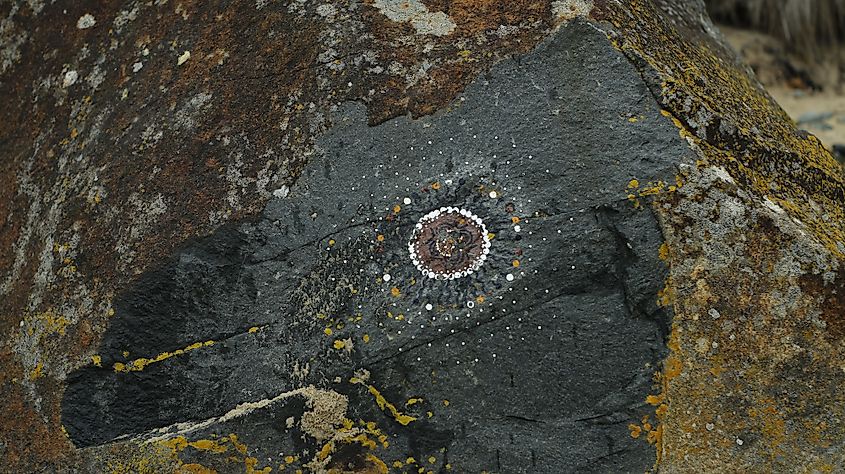
The TWWHA has a rich cultural history, with the Tasmanian Aboriginal people's diverse cultural heritage thoroughly preserved. The Aboriginal people have lived, managed, and changed the area's landscape for roughly 35,000 years, and the TWWHA remains a significant part of today's Tasmanian Aboriginal community.
The Tasmanian Aborigines were the longest isolated human group in history until the arrival of European explorer Abel Tasman. They had enjoyed hundreds of generations without outside influence. However, by the 1830s, much of the Aboriginal population was evacuated by the missionary G.A. Robinson.
The area also illustrates a remarkable example of a type of landscape rich in human history, providing clues into the adaptation and survival of humans to glacial climatic cycles. Human occupation in the Tasmanian Wilderness dates back to the late Pleistocene and early Holocene epochs, roughly between 35,000 and 12,000 years ago.
Landscape
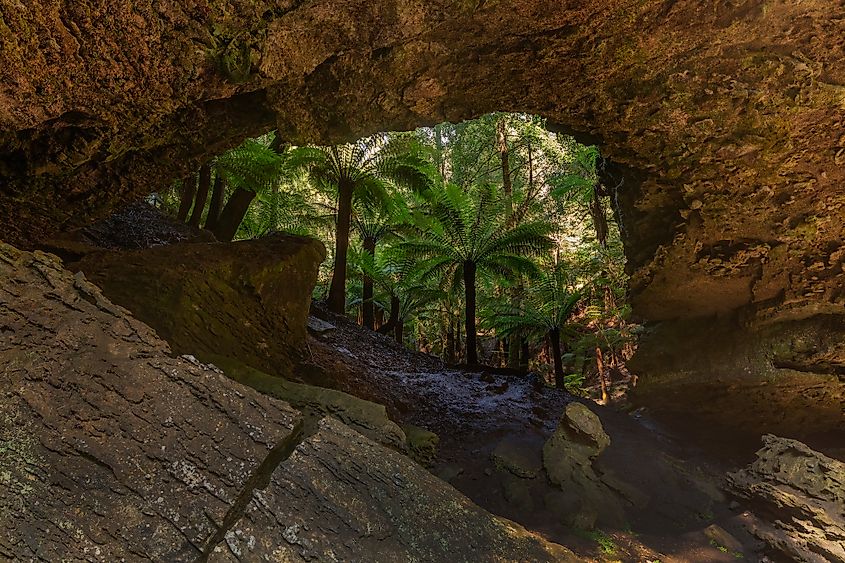
The TWWHA’s rugged landscapes contain rocks from almost every geological period, with the oldest formed about 1.1 billion years ago during the Precambrian period. It also has some of the deepest and longest caves in Australia. Many of these caves date back from the late Pleistocene and early Holocene epochs.
There are four main vegetation types in the TWWHA: temperate rainforest, eucalypt forest and woodland, buttongrass moorland and heath, and alpine and subalpine communities. There are also over 190,000 acres of lakes and rocks, and the remaining landscape consists of coastland, wetlands, and grasslands.
Biodiversity
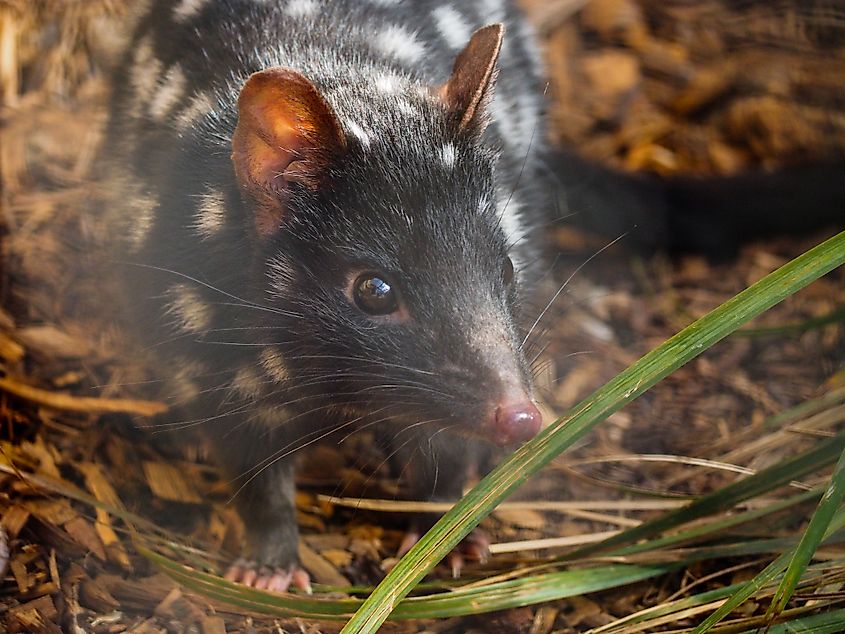
One of the reasons why the Tasmania Wilderness is a World Heritage Site is its diverse vegetation and wildlife. It is recognized as an International Centre for Plant Diversity by the International Union for Conservation in Nature (IUCN). Some of the longest-lived trees in the world, such as Huon pines and other conifers, grow in the area. The World Heritage site contains about 65% of Tasmania's endemic vascular plant species. The Tasmanian Wilderness's ecosystems have natural habitats that are home to many threatened animal and plant species that are of universal value for science and conservation. They are also of global significance due to the unusually high number of endemic species of ancient origins.
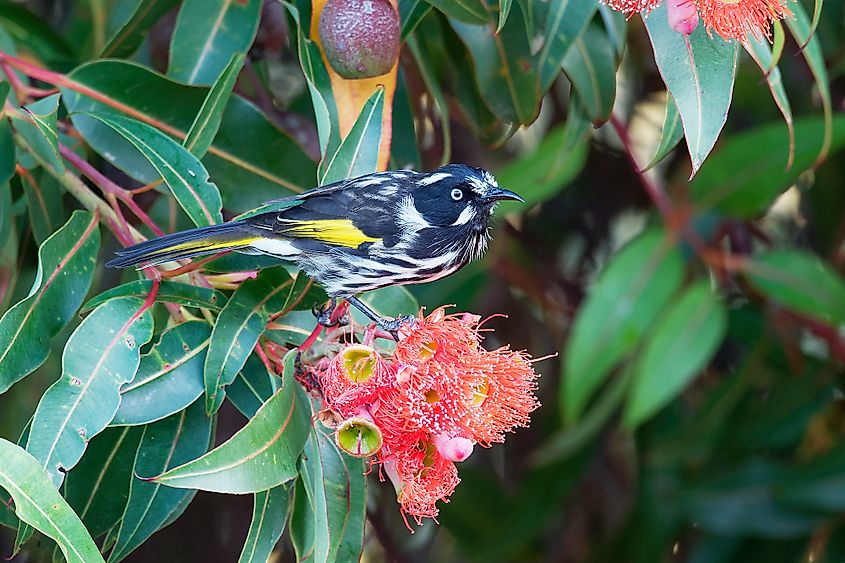
Thirteen of the 150 bird species are endemic, including the orange-bellied parrot, which is considered Australia's rarest and most threatened birds, with a population of less than 50 in the wild. Out of 11 reptile species, four are endemic, and among six frog species, two are endemic. Four out of 15 freshwater fish species are endemic, and two native fish are restricted to the area. Roughly 175 Tasmanian invertebrates are rare or threatened and are of Gondwanan descent.
Conservation
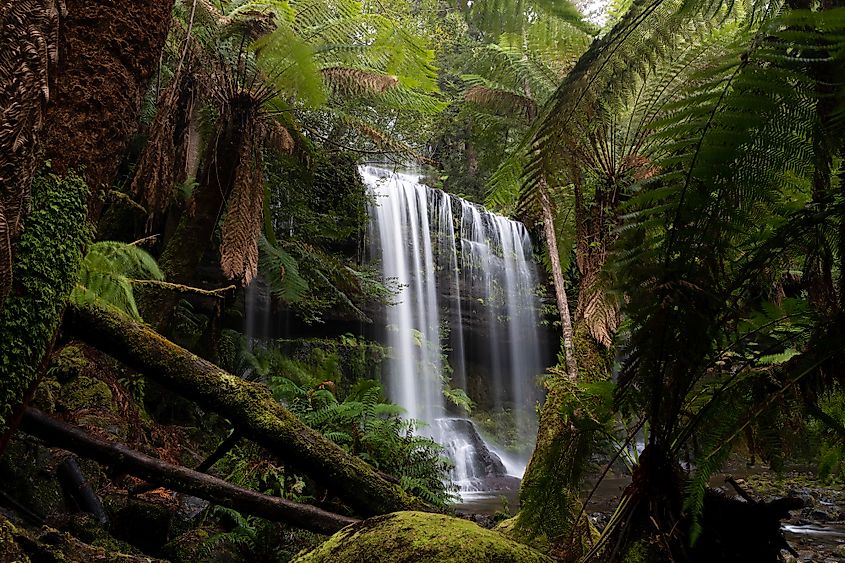
Since the Tasmanian Wilderness's inscription to the World Heritage List, the Australian and Tasmanian governments have managed it under a partnership to ensure its natural and cultural heritage is protected. The Tasmanian Parks and Wildlife Service is responsible for the day-to-day management of the area.
According to the IUCN, the overall protection and management of the World Heritage site are mostly effective. The area's isolation, scale, and harsh conditions have created natural protection that helps with its management. However, poor planning and execution of planned tourism developments and infrastructure could impact the TWWHA's isolation. A Tourism Master Plan is in development that will provide further guidance on the policies required for tourism and other recreational activities in the area.
Threats
The IUCN's conservation outlook for the Tasmanian Wilderness is “good with some concerns.” Along the boundaries of the TWWHA, there has been constant competition for land and resources since its inscription. Climate change remains a primary and continuous concern. It has potentially played a role in increasing fire frequency and intensity, posing significant threats to the diverse and ancient flora, fauna, and landscapes in the area.
One of the biggest concerns in the Tasmanian Wilderness is non-native species, particularly plant pathogens and invasive animals. Plant diseases, such as root rot disease, are significant threats. As a result of logging and mining operations close to the World Heritage site, there has been an increase in road access, which was previously restricted to only hiking trails. This situation has made the area more vulnerable to fungus and other non-native organisms.
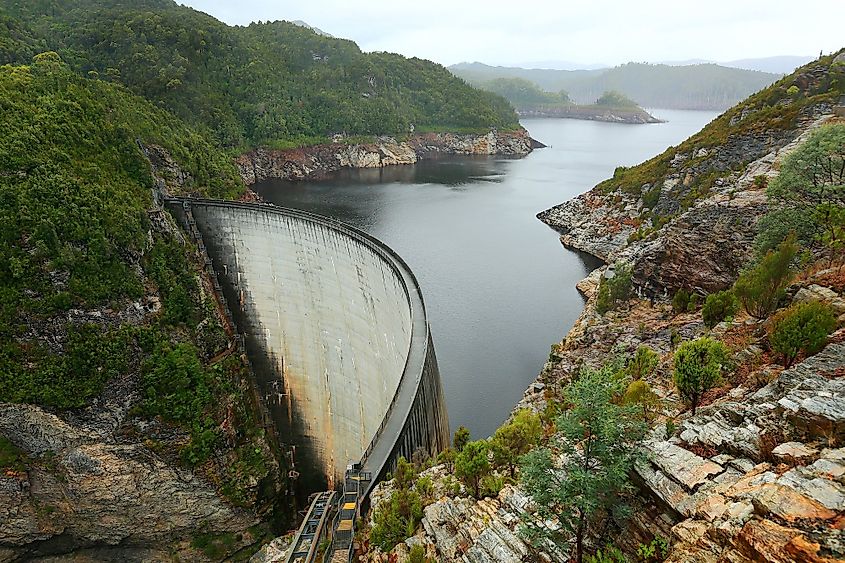
Similarly, invasive animal species are a significant and perpetual threat to the World Heritage site. There are currently 25 invasive vertebrates and 45 invasive invertebrate species, but only some are widespread. Some non-native species compete with indigenous species for nesting sites, others change native vegetation, and some predate on threatened species.
Since 2000, large bushfires have affected at least 12% of the area, resulting in significant damage to some high-altitude regions. Bushfires and peat fires are significant threats. One of the leading causes of major bushfires in the World Heritage site is lightning strikes. Furthermore, extreme temperatures have caused arid and hot summers, fueling large fires that can threaten the area's ancient species. Many of them are unable to regenerate after a fire effectively.
The TWWHA is one of the most diverse regions in the world, with several endemic plant and animal species. There is evidence of human settlement in the region dating back 35,000 years ago. Despite its cultural and natural importance, threats such as climate change and invasive species could endanger the area’s unique and ancient flora and fauna.



